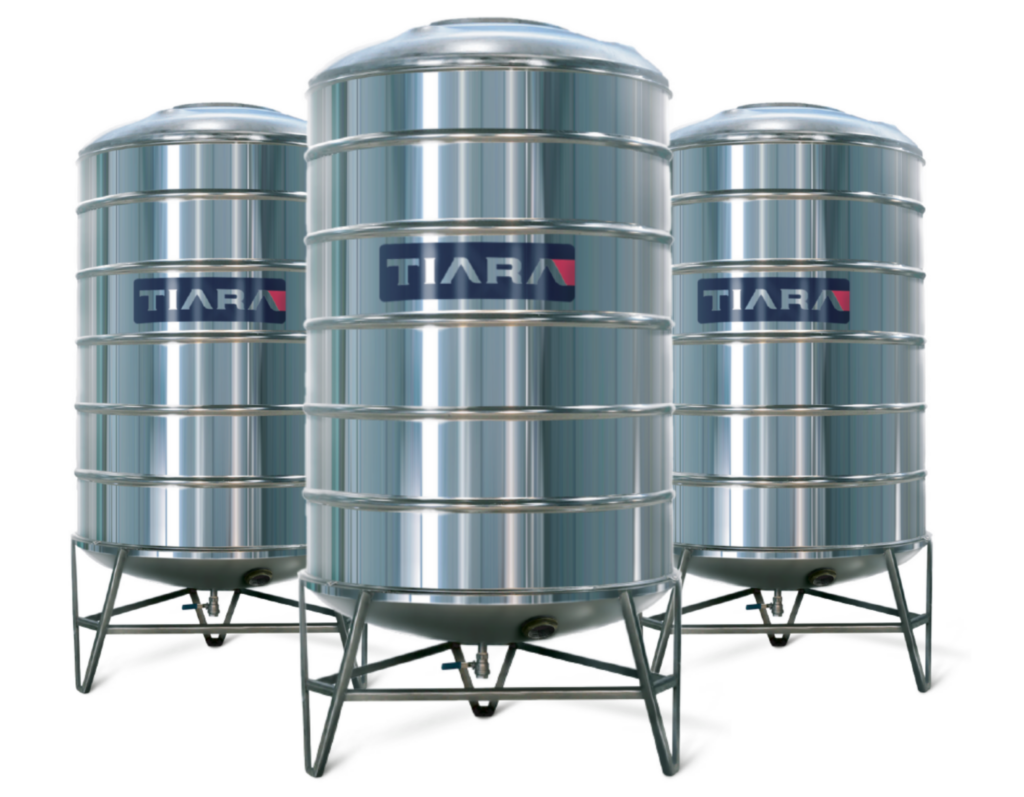
Rainwater harvesting has gained considerable traction in recent years as a sustainable method to meet water needs. In regions where water scarcity is a persistent issue, industries and households alike are increasingly turning to rainwater collection systems. However, the efficiency and longevity of these systems rely heavily on the quality of the storage tanks used. Among the various materials available, stainless steel tanks stand out as a top choice for rainwater storage due to their numerous advantages. Here’s how stainless steel tanks significantly improve rainwater harvesting efficiency.
Corrosion Resistance
One of the most significant benefits of using stainless steel tanks for rainwater harvesting is their exceptional resistance to corrosion. Unlike tanks made from other materials such as plastic or galvanized steel, stainless steel tanks do not rust or degrade when exposed to water and various environmental conditions. This corrosion resistance ensures that the tanks remain functional and maintain their structural integrity over time, providing a long-lasting solution for water storage.
Hygienic Properties
Stainless steel tanks boast a non-porous surface, which plays a crucial role in maintaining the quality of harvested rainwater. The smooth and non-reactive nature of stainless steel prevents the buildup of bacteria, algae, and other contaminants that could compromise water quality. This makes stainless steel tanks an ideal choice for applications where water purity is paramount, such as in domestic water supply systems, irrigation, and industrial processes.
Durability and Longevity
Another compelling reason to choose stainless steel tanks for rainwater harvesting is their unparalleled durability. These tanks are designed to withstand high pressures and extreme temperatures, making them suitable for various environmental conditions. The robustness of stainless steel ensures that the tanks can endure physical impacts and remain impervious to wear and tear. With proper care and maintenance, stainless steel tanks can last for decades, offering a reliable and cost-effective solution for rainwater storage.
Low Maintenance
Stainless steel tanks require minimal upkeep compared to their counterparts made from other materials. Their resistance to corrosion and contamination means that regular cleaning and maintenance efforts are significantly reduced. This not only lowers the long-term maintenance costs but also ensures that the tanks continue to operate efficiently with minimal intervention. Additionally, stainless steel tanks are less prone to cracking, leaking, or warping, further contributing to their low-maintenance nature.
Environmental Sustainability
In addition to their practical benefits, stainless steel tanks also contribute to environmental sustainability. Stainless steel is a highly recyclable material, and many stainless steel tanks are manufactured using recycled content. By choosing stainless steel tanks for rainwater harvesting, users can reduce their environmental footprint and support the circular economy. Furthermore, the longevity and durability of stainless steel tanks reduce the need for frequent replacements, thereby minimizing waste generation.
Conclusion
Stainless steel tanks play a critical role in enhancing the efficiency of rainwater harvesting systems. Their durability, ability to maintain water quality, resistance to leaks, temperature regulation, and low maintenance requirements make them an ideal choice for storing harvested rainwater. As water scarcity becomes an increasingly urgent issue, the adoption of stainless steel tanks can help industries, households, and communities ensure a sustainable and reliable water source for the future.


